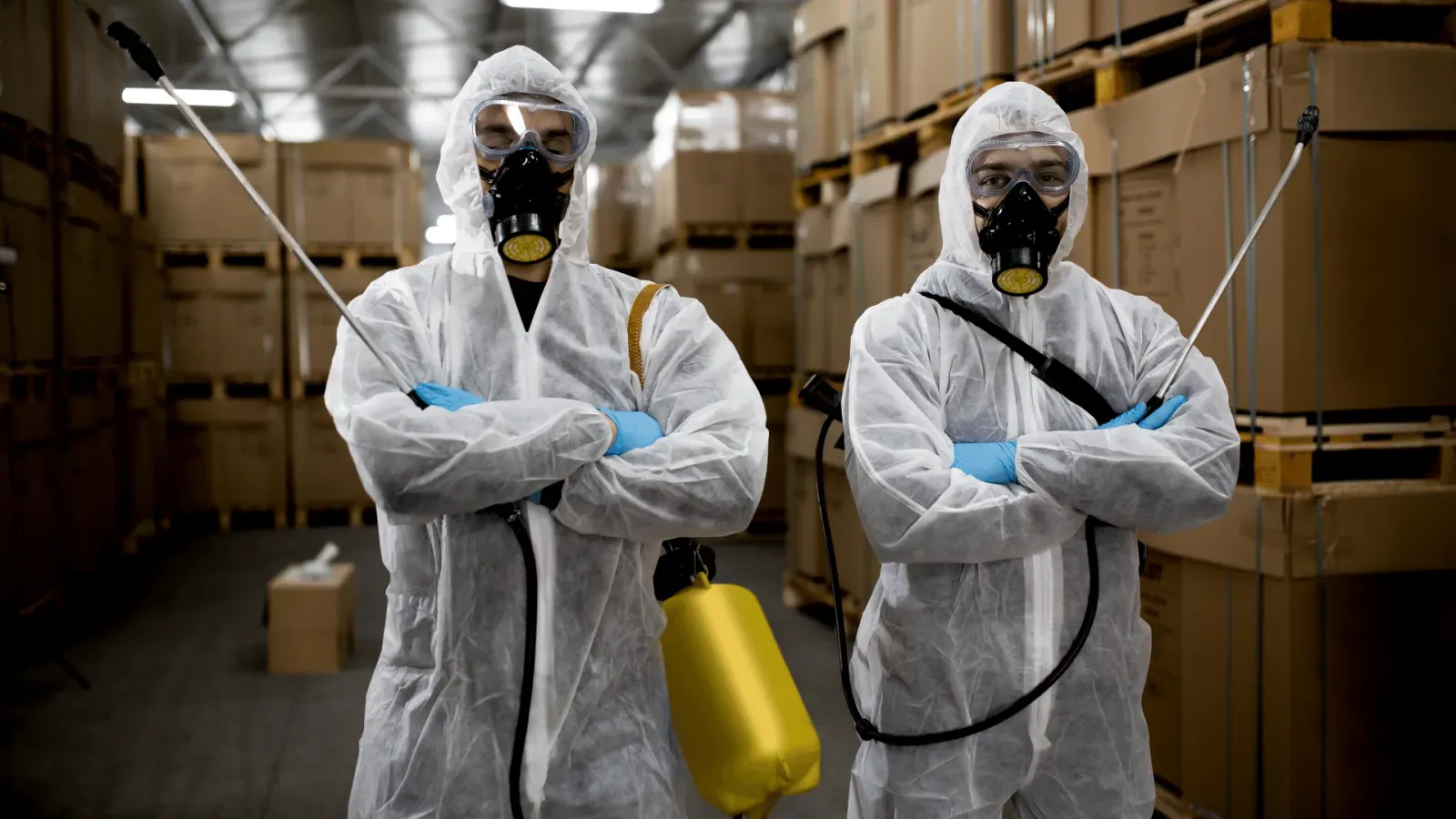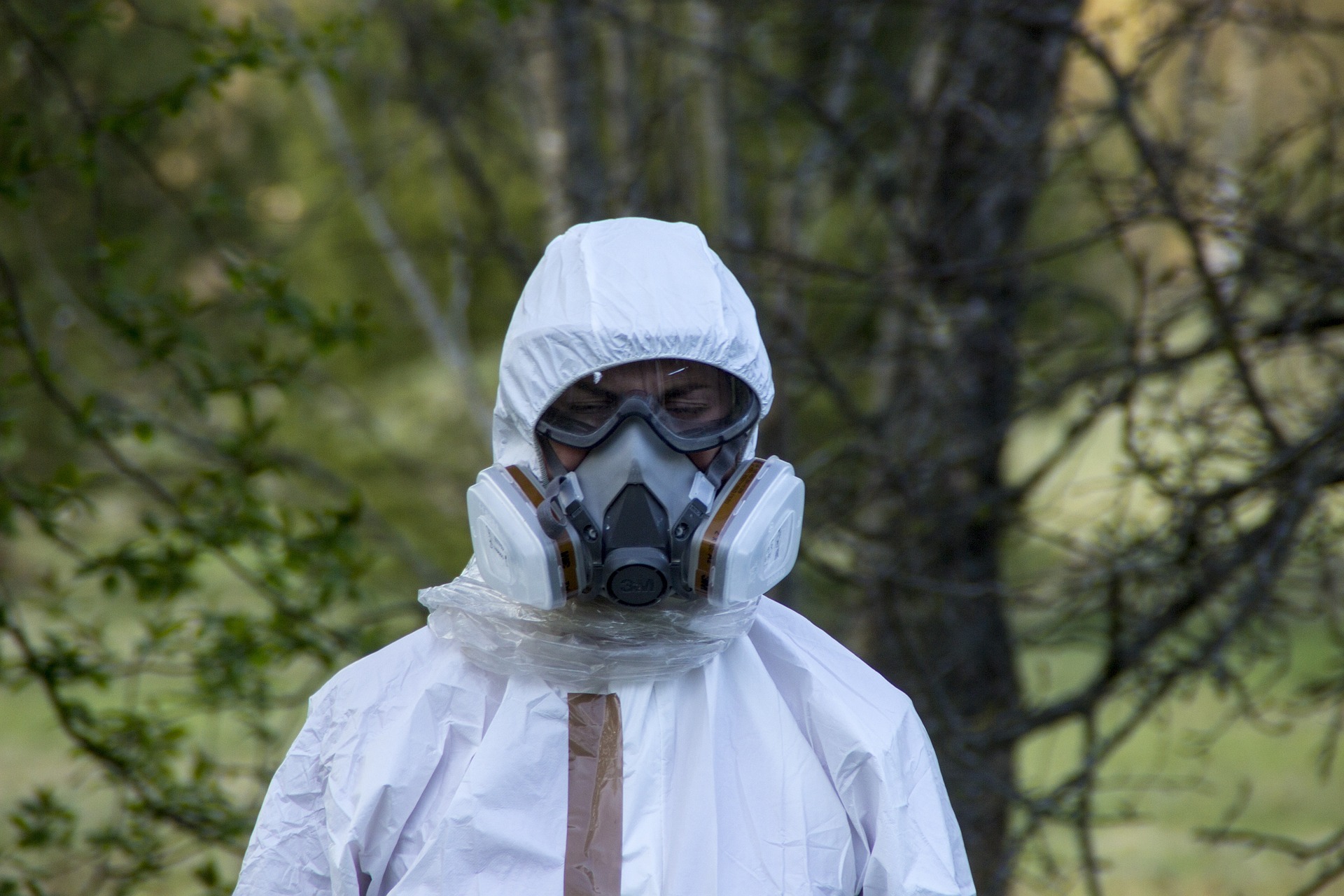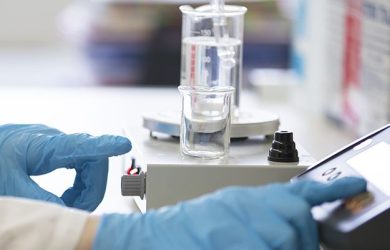Is bipolar ionization an effective method for improving IAQ?

How does bipolar ionization work?
Bipolar Ionization is all about oxygen ions. Outdoors, there are naturally thousands of positively and negatively charged molecules or atoms in every square inch called “ions”. Generally, the higher the ion density, the better the air quality.
When you look at indoor air, the ion density drops by 80 to 95 percent.
Bipolar ionization is all about reintroducing ions back into indoor air.
The positively and negatively charged ions contain one additional and one missing molecule, respectively. This leaves the ions unbalanced and unstable, so they search out other molecules to stabilize. When ions trade electrons with indoor air particulates (like bacteria, mold, gases, VOCs and viruses), these contaminants are neutralized, helping to improve indoor air quality.
How does bipolar ionization affect HVAC costs?
ASHRAE allows you to reduce outdoor air intake rates IF air purification technology is used in the space. In new builds, this means you might save on HVAC equipment when building your space. But when it comes to retrofitting existing builds, the largest savings come from reduced energy usage.
For example, bipolar ionization allows you to recirculate more of the indoor air that has already been cleaned and conditioned. This reduces the amount of outdoor air that needs to be taken in and filtered by your HVAC.
High-Efficiency Particulate Air (HEPA) filters (minimum efficiency of removing 99.97% of particulates .3 microns and larger) are also a great solution for reducing indoor air particulates, but they are oftentimes incompatible with commercial HVAC systems because so much energy is needed to circulate air through the super-efficient filters. HVAC system upgrades are often needed to ensure proper ventilation. In contrast, bipolar ionization is something that can be added to existing HVAC without system upgrades.
.
Compatibility
We would recommend consulting with a professional sales associates to find the right fit for your building. However, it’s important to know that bipolar ionization technology can be added to an existing HVAC system (retrofitted) or installed in new construction.
Does bipolar ionization work?
This is the question we receive most: does bipolar ionization actually work? Sure, the scientific reasoning makes sense, but what about actual results? Let’s take a look at a case study from a recent project, and you can be the judge.
Case Study
Building specifications:
179,000 square foot, 3-story community building, built in 2005
Summary:
AMI Environmental conducted a particulate air monitoring assessment to document and evaluate the efficacy of Bipolar Ionization Technology introduced into the conditioned air supply system in the facility
Methodology:
Prior to the assessment, all Bi-Polar Ionization controls were turned off for a minimum of seventy-two (72) hours before the assessment and measurements were initiated. Initial baseline particle readings were performed before the bi-polar ionization controls were turned on. Two (2) locations were sampled for each AHU service area. The second round of sampling occurred one (1) hour after bi-polar ionization controls were implemented. The final round of sampling was initiated six (6) hours after bi-polar ionization controls were implemented. Particle counts were performed with an Aero-Trak APC 9303-01 hand-held direct read laser particle counter. TVOCs were recorded using an E Instruments International AQVOC-2 hand-held Photoionization Detector (PID).
Laser particle counts measurements were conducted to provide comparative data of airborne particulate concentrations, pre- and post-conditioned fresh air supply sources. The goal was to document performance benefit of the bipolar ionization units in the HVAC systems.
Other sources of particulate generation that could have been introduced into the supply and return air sources included dust emitting activities, products of combustion, compromised HVAC filtration systems and active amplification of molds and bacteria.
Particle counts in each air space within the facility were evaluated in comparison to measurements of outdoor source air levels. Particulates were measured in micrometers in the >0.3 µm and >0.5 µm ranges. These ranges are the particle sizes where pollens, molds, bacteria, and dust are generally found.
Results
Overall, the bipolar ionization units increased the percentage of particulates filtered out of outdoor source air.
- At 0.3 µm (and larger): Before bipolar ionization was implemented, HVAC removed 53% reduction of particulates in the 0.3 µm range. This increased to an average of 69% and 75% at 1 and 6 hours post-bipolar ionization implementation, respectively.
- At 0.5 µm (and larger): The preexisting HVAC reduced airborne particulates by 63% reduction before bipolar ionization. This increased to averages of 79% and 80% at 1 and 6 hours post bi-polar ionization, respectively.



Verdict
So, what’s the verdict? While the HVAC system was able to remove a majority of contaminants, the addition of the bipolar ionization technology did substantially reduce indoor air particulates to deliver cleaner air to occupants.
related blogs

Why Indoor Air Quality Investigations is a Necessity in These Times?

Few Important Tips to Help You Select Environmental Consulting Services!




